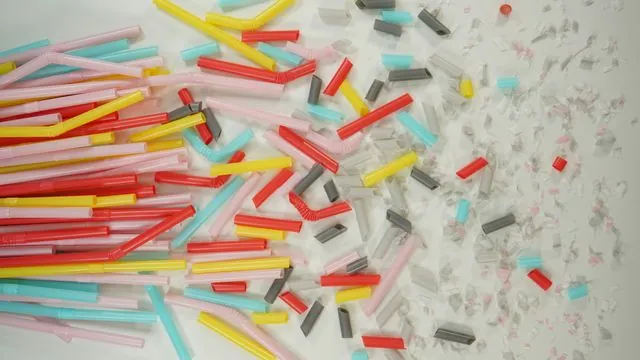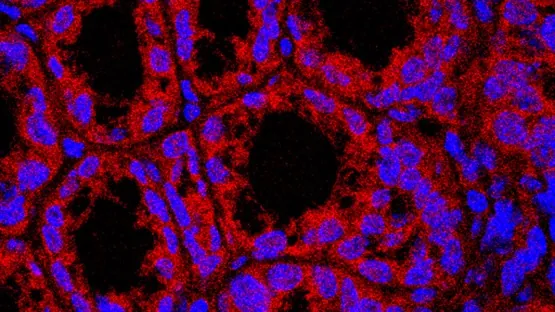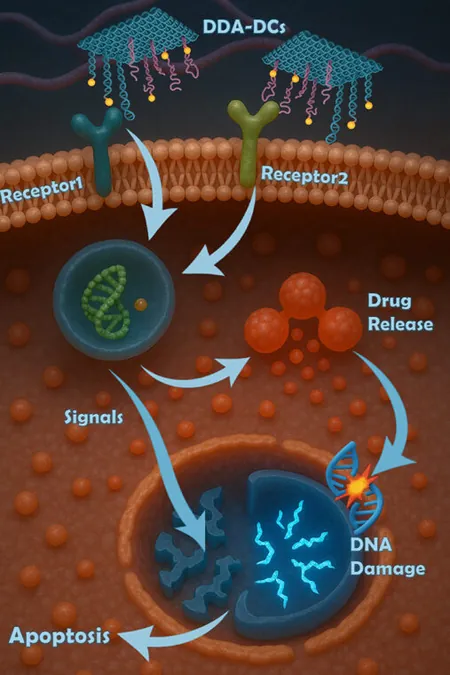
Revolutionary Microcleaners Set to Change the Game in Microplastic Removal from Waterways
2025-03-27
Author: Rajesh
In an exciting new development, researchers have unveiled innovative microcleaners that target and eliminate microplastics from water sources. These groundbreaking cleansing particles are made from chitosan, a biodegradable polymer derived from chitin— a substance found in shellfish waste. This eco-friendly material not only contributes to sustainability but also harnesses resources that would otherwise be discarded.
The microcleaners are designed as soft dendritic colloids that transform into small pellets when dried on water-repellent surfaces. When introduced into water, these pellets disperse, effectively seeking out and capturing microplastics. A crucial component of their functionality is eugenol, a plant-derived oil infused on one side of the pellet. This oil minimizes surface tension on that side, creating the "camphor boat effect"— a unique mechanism that propels the microcleaners through water, expanding their reach as they capture unwanted particles on their journey downward.
An impressive feature of these microcleaners is their ability to rise back to the water's surface after collecting microplastics. By incorporating magnesium particles into their structure, the microcleaners generate bubbles that elevate them back upward when they react with water. To optimize this upward movement, the researchers have coated the magnesium particles with a biodegradable gelatin layer that inhibits the reaction, prolonging the microcleaners' time to gather microplastics. This clever design principle allows for a more thorough collection process.
As the gelatin dissolves, the magnesium's reactivity produces bubbles, enabling the microcleaners to rise along with the captured plastic particles, ultimately creating a concentrated scum layer that can be skimmed off the water's surface. Remarkably, these microcleaners can actively collect microplastics for up to 30 minutes before making their return trip.
The potential doesn’t stop there. Researchers believe that the collected microplastic-laden residue can be turned back into chitosan, facilitating the creation of new microcleaners, thereby establishing a continuous cycle of cleanup. However, scaling up this technology for widespread implementation will require further research and refinement.
As humanity grapples with the growing crisis of plastic pollution, these microcleaners could provide a viable solution for detoxifying our water systems. Their innovative design not only highlights the ingenuity of modern science but also underscores the importance of sustainable practices in environmental remediation. The future of clean waterways might just be within our reach—stay tuned as this exciting project develops!





 Brasil (PT)
Brasil (PT)
 Canada (EN)
Canada (EN)
 Chile (ES)
Chile (ES)
 Česko (CS)
Česko (CS)
 대한민국 (KO)
대한민국 (KO)
 España (ES)
España (ES)
 France (FR)
France (FR)
 Hong Kong (EN)
Hong Kong (EN)
 Italia (IT)
Italia (IT)
 日本 (JA)
日本 (JA)
 Magyarország (HU)
Magyarország (HU)
 Norge (NO)
Norge (NO)
 Polska (PL)
Polska (PL)
 Schweiz (DE)
Schweiz (DE)
 Singapore (EN)
Singapore (EN)
 Sverige (SV)
Sverige (SV)
 Suomi (FI)
Suomi (FI)
 Türkiye (TR)
Türkiye (TR)
 الإمارات العربية المتحدة (AR)
الإمارات العربية المتحدة (AR)